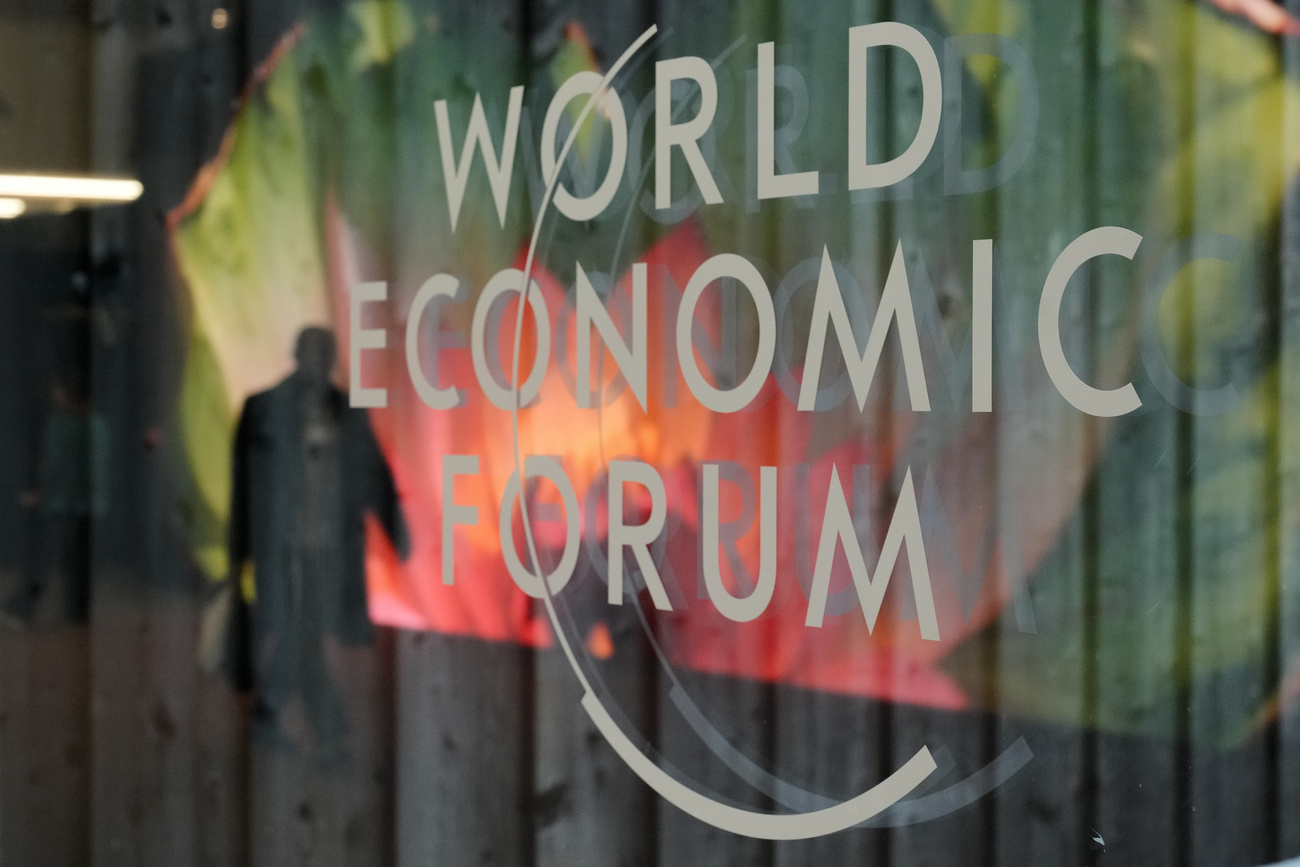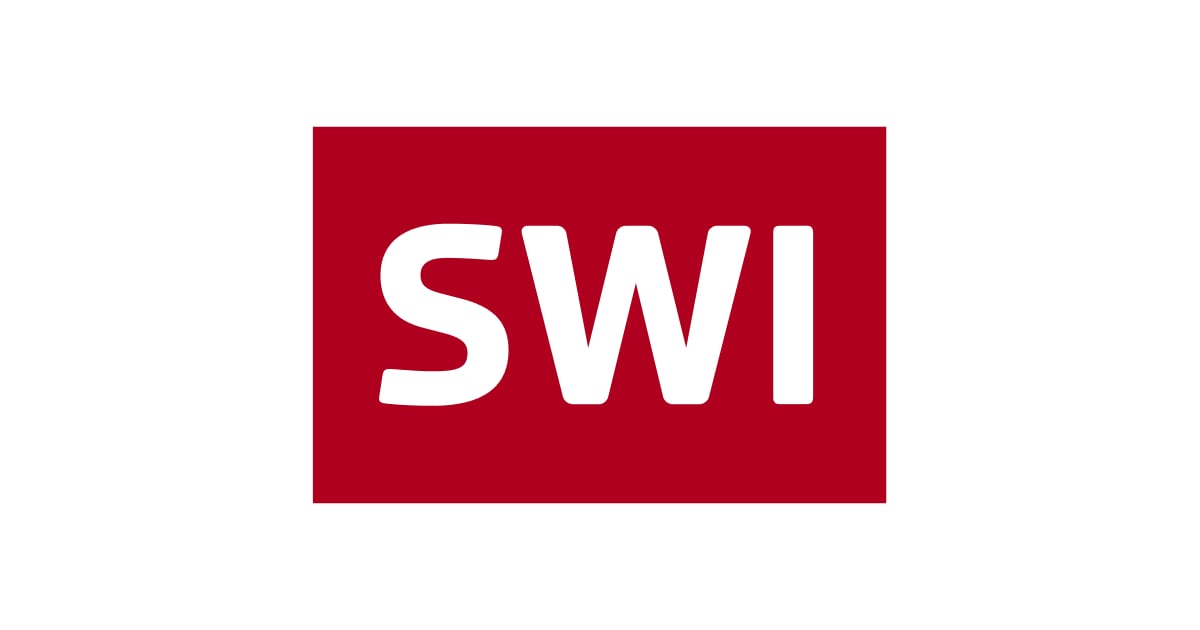
Wall Street Traders Jolted as Tariff War Flares: Markets Wrap
(Bloomberg) — Flaring trade tensions between the US and China sent shockwaves across markets Friday, hammering stocks, oil and crypto while spurring a dash for the perceived safety of Treasuries and gold.
President Donald Trump’s threat of a “massive increase” in China tariffs shook Wall Street at the end of an already-volatile week that saw concern build about a bubble in artificial-intelligence companies. His remarks sent the S&P 500 down about 2% – with the gauge set for its worst day since April. The dollar slid at the end of its best week this year. Crude plunged 4%.
Subscribe to the Stock Movers Podcast on Apple, Spotify and other Podcast Platforms.
Trump said he saw “no reason” to meet Chinese President Xi Jinping, citing recent “hostile” export controls. His social-media post followed a series of moves by both the US and China to potentially curb flows of technology and materials between the countries — all ahead of the presidents’ planned meeting in Asia later this month.
“That was clearly not something traders wanted to hear,” said Steve Sosnick at Interactive Brokers in a note titled “Tariff Rug Pull.” “The reactions may say as much about recent market complacency as they do about the policy ramifications.”
Big downward moves in risky assets have been a rarity of late, which may itself be a factor in Friday’s jarring reaction.
Since the tariff-fueled meltdown in April, the S&P 500 has surged on optimism about AI and hopes for Federal Reserve rate cuts. The gauge is trading near one of its highest valuations in 25 years — leaving a thin cushion for bad news.
“Throughout the summer, greed has far outpaced fear in the US equity market, and the high level of complacency leaves investors vulnerable,” said Michael O’Rourke at Jonestrading. “The selloff has the potential to evolve into a larger correction, especially if the US-China trade truce is over.”
About 400 shares in the S&P 500 fell, while the tech-heavy Nasdaq 100 lost 2.8%. In another sign of stress, a key gauge of volatility – the VIX – topped 20. The yield on 10-year Treasuries sank nine basis points to 4.04%. Bitcoin slid 3%. Commodities from copper to soybeans, wheat and cotton slumped.
Trump’s post follows a series of moves by both the US and China to potentially curb flows of technology and materials between the countries — which had been seen as ways to gain an edge ahead of the presidents’ planned meeting in Asia.
“This is a very dangerous moment for global supply chains, including those powering AI, but it is important to note that neither side has yet implemented its threatened measures,” said Michael Hirson and Houze Song at 22V Research. “There is still a window to back down, and Trump faces significant political risks if he follows through on his threats.”
Chris Zaccarelli at Northlight Asset Management highlighted the importance of the trade relationship between the US and China for market psychology.
“Good trading relations with China help keep markets calm, and a trade war with China would be extremely negative for markets,” he said.
To Michael Bailey at FBB Capital Partners, perhaps investors are using the new Trump tariff threats as cover for selling the AI complex, which has been “living on an island” this year, looking at earnings growth.
“In other words, tariffs have done very little to slow the breakneck pace of AI-related companies, so today’s new tariff concerns are a bit surprising,” he said.
From a technical standpoint, Dan Wantrobski at Janney Montgomery Scott says Friday’s pullback is not a complete surprise.
“We were anticipating air pockets of this or similar nature,” he noted, adding that would be “due to recent overbought conditions, negative divergences in price, momentum, and breadth, crowded positioning, and high headline risk.”
When staring down the face of a repricing such as this, Wantrobski says it is important to remember that in the history of the S&P 500, there was never a single instance where it declined more than 20% twice in one calendar year over two separate occasions.
In addition, he noted that with the selloff, many short-term trading charts are being pressed into “moderately oversold” territory, which could signal potential bounces over the coming days.
“We continue to anticipate corrective activity in the magnitude of 5% to 10% from the recent highs due to overbought chart conditions across multiple time frames,” Wantrobski said. “But our model is not calling for structural downturn in the US equity cycle for 2025.”
Trade tensions escalated at a time when calls for a breather in the equity rally are growing, with the S&P 500 almost doubling in three years.
The market ebullience has been so pronounced that investors have recently flocked into everything from stocks to bonds and cryptocurrencies.
Global equity funds attracted $20 billion in the week through Oct. 8, while $25.6 billion flowed into bonds, Bank of America Corp. said, citing EPFR Global data. Crypto funds had inflows of $5.5 billion. Even cash funds saw additions of almost $73 billion, suggesting investors still have plenty of dry powder.
As traders rushed to the perceived safety of bonds, Treasuries rose across maturities. They were lower earlier in the session amid uneasiness about the US government shutdown.
“Just when you thought the markets would go into a quiet Friday with no economic numbers, all ‘Heck’ broke out,” said Andrew Brenner at NatAlliance Securities. “The bigger effect was the reversal of equities. Is this the start of a ‘Liberation Day Two’?”
The tariff threat and the market reaction to it hearkened back to US financial-market behavior in April, when the Trump administration rolled out an agenda of sweeping levies that sent the stock market into a tailspin, stoking demand for Treasuries. The administration subsequently placed many of its plans on hold, and shares recovered.
The dollar dropped against most of its developed-market peers Friday, while climbing about 1% this week.
Corporate Highlights:
Shipments from Tesla Inc.’s Shanghai factory increased in September as China’s car market kicks off its busy sales period and automakers start their final push to meet annual targets. Alphabet Inc.’s Google became the first company to be designated with so called strategic market status in the UK, exposing the US firm’s online search and advertising business to a closer scrutiny by the country’s antitrust watchdog. China slapped new port fees on US ships and started an antitrust investigation into Qualcomm Inc., the latest in a string of tit-for-tat moves as Presidents Xi Jinping and Donald Trump jockey for leverage before a key meeting to discuss trade and other issues. Chevron Corp. plans to drill as many as 10 wells offshore Namibia, one of the busiest exploration hotspots for oil and gas in Africa. Levi Strauss & Co. raised its full-year outlook, but warned that tariffs are starting to bite. Mosaic Co. said that third-quarter phosphate production fell below what management expected, citing mechanical issues at one plant and utility interruptions at another. Preliminary sales volumes for phosphates fell short of what analysts expected. Leaders at AI computing company CoreWeave Inc. sold shares worth more than $1 billion after a lockup on the stock lifted in mid-August, putting them among the top 10 individual insider sellers of the third quarter. AstraZeneca Plc is expected to announce a deal with President Donald Trump to slash drug prices, people familiar with the plans said, making it the second pharmaceutical company to strike an agreement to advance one of Trump’s key health priorities. Stellantis NV’s third-quarter shipments climbed 13%, led by a rise in North America, pointing to a recovery after the ailing carmaker worked down inventory in the US. Venture Global Inc. potentially faces multibillion-dollar damages over disputed liquefied natural gas shipments, after an unexpected loss in a landmark BP Plc arbitration that could pave the way for additional claims. Applied Digital Corp. said it’s now in advanced discussions with a hyperscaler client for its second data center campus in North Dakota. First-quarter revenue was well ahead of estimates due to one-time income from tenant fit-out services. Carlyle Inc. agreed to take control of BASF SE’s coatings business, creating a standalone company with an enterprise value of €7.7 billion ($8.9 billion). BlackRock Inc.’s actively managed funds are set to accept BBVA SA’s takeover bid for Banco Sabadell SA and tender their shares as the offer period is about to end, according to people familiar with the matter. An investor group led by I Squared Capital is planning a bid for German media group Ströer SE & Co.’s core advertising business, people with knowledge of the matter said. SoftBank Group Corp. is in talks to borrow $5 billion from global banks, refilling its coffers at a time Masayoshi Son is accelerating the Japanese investment firm’s bets on artificial intelligence. What Bloomberg Strategists say…
“President Trump’s escalating rhetoric on China, on the back of rising signs of stress in credit and increased concerns over a tech bubble, are a toxic combination that could derail stocks further just as a new earnings season gets underway.”
—Tatiana Darie, Macro Strategist, Markets Live. For the full analysis, click here.
Some of the main moves in markets:
Stocks
The S&P 500 fell 2.1% as of 2:55 p.m. New York time The Nasdaq 100 fell 2.8% The Dow Jones Industrial Average fell 1.5% The MSCI World Index fell 1.8% Bloomberg Magnificent 7 Total Return Index fell 3.1% The Russell 2000 Index fell 2.3% Currencies
The Bloomberg Dollar Spot Index fell 0.2% The euro rose 0.4% to $1.1612 The British pound rose 0.3% to $1.3350 The Japanese yen rose 0.9% to 151.66 per dollar Cryptocurrencies
Bitcoin fell 3.2% to $117,286.01 Ether fell 6.4% to $4,061.5 Bonds
The yield on 10-year Treasuries declined nine basis points to 4.04% Germany’s 10-year yield declined six basis points to 2.64% Britain’s 10-year yield declined seven basis points to 4.67% The yield on 2-year Treasuries declined eight basis points to 3.51% The yield on 30-year Treasuries declined nine basis points to 4.63% Commodities
West Texas Intermediate crude fell 4.4% to $58.78 a barrel Spot gold rose 0.6% to $3,999.18 an ounce –With assistance from Denitsa Tsekova and Vildana Hajric.
©2025 Bloomberg L.P.

























